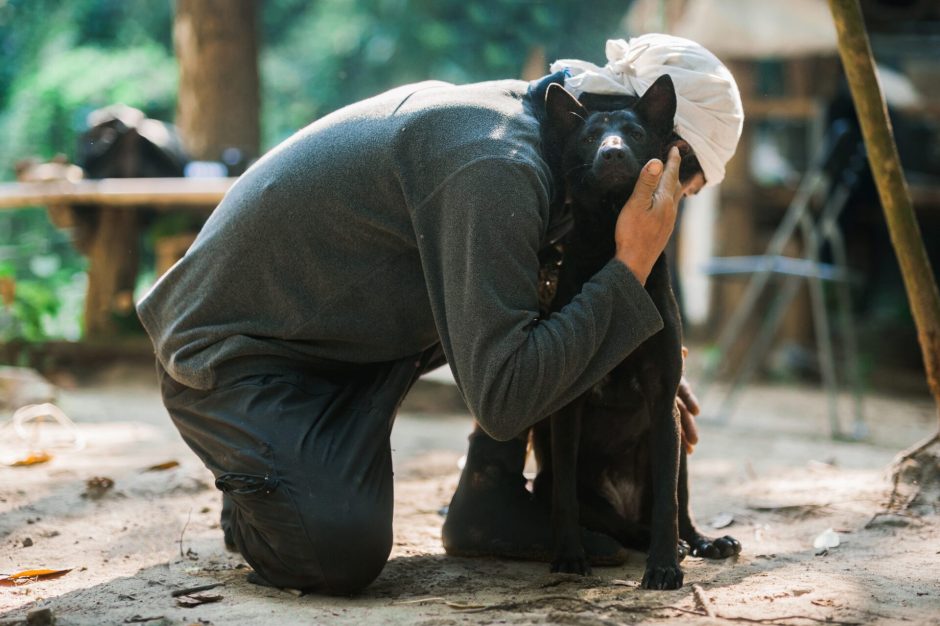As one of the deadliest zoonoses known to us, rabies still kills around 59,000 people every year, representing both a heavy public health and economic burden. Yet it is 100% preventable if we address the disease through a One Health approach.
Can one sector eliminate rabies on its own? Certainly not. The COVID-19 pandemic and its long-lasting consequences have reminded us that one sector alone cannot efficiently tackle zoonotic threats, knowing that animal, human and environmental health are intrinsically interconnected. The health of animals impacts our health; it’s everyone’s health. In the case of dog-mediated rabies, only a coordinated response across sectors will allow us to bring the number of human deaths from dog-mediated rabies to zero. This year’s World Rabies Day, themed ‘One Health, Zero Deaths’ aims to strongly reaffirm this message.
In a single bite, a rabid dog can infect a person. Dogs are indeed responsible for 99% of human rabies cases through bites and scratches. It is therefore essential to limit human exposure to rabies by tackling the disease at its animal source. Implementing large scale dog vaccination, promoting responsible dog ownership, and raising awareness of the available solutions are all critical actions against rabies that require a comprehensive and holistic approach.
Cooperation between animal health and human health professionals is crucial. Not only does it have a positive impact on the livelihood and economy of communities, but also lays the foundations of stronger health systems that have the capacity to respond to zoonotic threats beyond rabies.
Building a coordinated response against rabies will set the path for the control of other zoonotic diseases. When working towards our common goal of “Zero human deaths from dog-mediated rabies by 2030”, we are not only focusing on the efforts needed in the animal health sector. Pivotal actions are needed from the human health sector, including giving access to human medical care and post-bite treatment, especially in rural areas with limited or nonexistent access to health education campaigns and where 80% of human rabies cases occur.
While we have all the tools to end dog-mediated rabies, including high-quality vaccines for dogs and humans, it has proven difficult to successfully coordinate and invest sufficient resources in its control. Rabies still circulates in two-thirds of the countries worldwide, sustaining poverty in endemic areas. Yet it is rarely targeted by formal surveillance systems. Consequently, the presence of the disease and the related social and economic burden are often greatly underestimated. This, in turn, leads to neglect by policymakers and funding agencies.
Rabies elimination should be better prioritised and investing in its progressive control also offers an opportunity to strengthen public health systems more broadly and to improve equity and access to care for all. Rabies is a very telling example of how operationalising One Health at all levels can contribute to a world that is better able to prevent, predict, detect and respond to health threats, thus improving the health of humans, animals and the environment.
Through the One Health Quadripartite collaboration, formed by the Food and Agriculture Organization of the United Nations (FAO), the United Nations Environment Programme (UNEP), the World Health Organization (WHO) and the World Organisation for Animal Health (WOAH, founded as OIE), we collaborate to drive the change required to mitigate the impact of current and future global health challenges. With the objective of supporting countries facing global health threats, we will soon launch our One Health Joint Plan of Action (OH JPA). This framework of actions relies on the One Health approach to strengthen collaboration, communication, capacity building and coordination equally across all sectors responsible for addressing health concerns at the human–animal–environment interface. It notably supports the activities of the United Against Rabies Forum, created in 2020 by the FAO, WHO and WOAH. The Forum brings together governments, vaccine producers, researchers, NGOs and development partners with the aim of accelerating and implementing a One Health approach for rabies control.
The elimination of human deaths from dog-mediated rabies is one of the priorities identified in the OH JPA. We call on countries worldwide to take the necessary steps to ensure a coordinated One Health response to this deadly zoonosis. Rabies may still be fatal, but it is also highly preventable. It only takes a unified effort to make sure that human rabies deaths become history.
